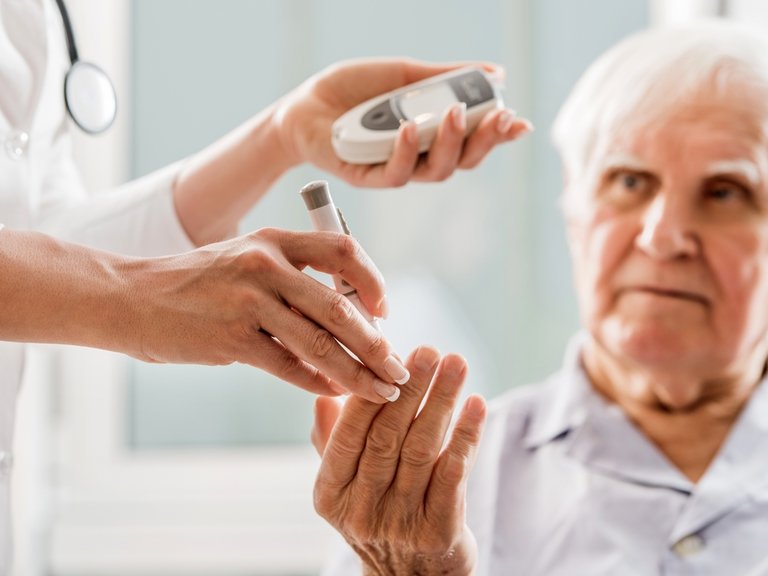Diabetes refers to a group of metabolic diseases where a person has high blood sugar – or glucose. This happens when the pancreas doesn’t produce enough insulin, or when the cells of the body no longer respond as they should to the insulin produced.
Insulin is a hormone produced by the body and responsible for regulating blood sugar levels. In diabetes the body is not able to regulate these levels and so glucose builds up in the bloodstream.
As insulin is a protein it would be broken down during digestion if taken in pill form, therefore diabetic patients take it as a subcutaneous injection.

![[Translate to COM English:] Blood sugar tester](/fileadmin/_processed_/0/5/csm_comorbidities_3_a9712ce5e4.jpg)

![[Translate to COM English:] [Translate to COM English:]](/fileadmin/_processed_/3/7/csm_slider_1_31be01aee8.jpg)